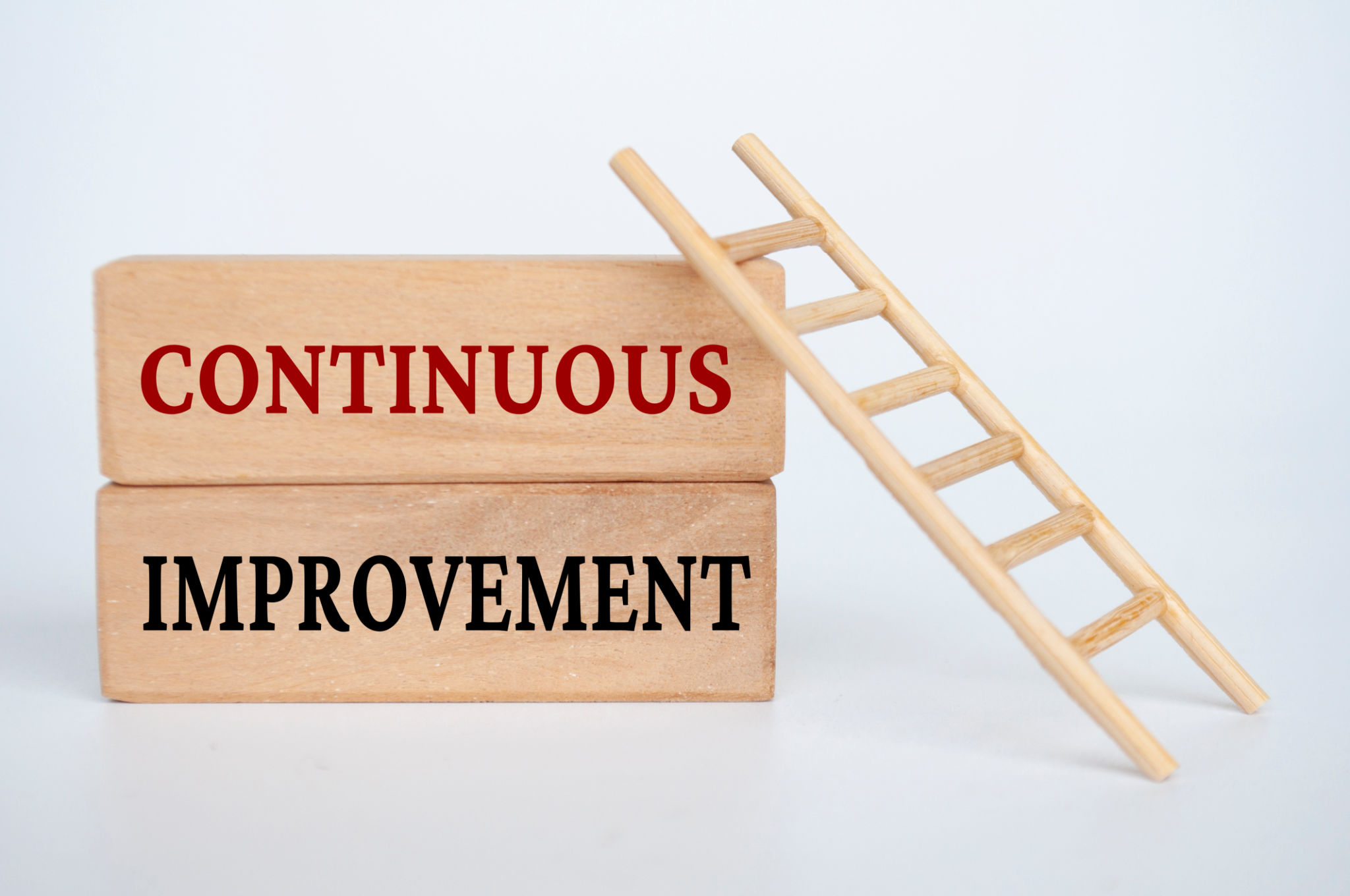Comprehensive Guide to Streamlining Business Operations
Understanding the Importance of Streamlining Operations
In today's fast-paced business environment, operational efficiency is more critical than ever. Streamlining business operations can lead to reduced costs, improved productivity, and enhanced customer satisfaction. By optimizing processes, companies can allocate resources more effectively, focus on strategic initiatives, and maintain a competitive edge in the marketplace.

Identifying Areas for Improvement
The first step in streamlining operations is to identify areas where improvements can be made. This involves conducting a thorough analysis of existing workflows, processes, and systems. Look for bottlenecks, redundancies, and inefficiencies that may be hindering productivity. Engage with employees at all levels to gain insights into daily challenges and opportunities for enhancement.
Leveraging Technology for Efficiency
Technology plays a crucial role in optimizing business operations. Implementing the right tools and software can automate repetitive tasks, minimize errors, and enhance communication across departments. Consider adopting cloud-based solutions, project management software, and data analytics tools to boost operational efficiency.

Implementing Process Automation
Process automation is a powerful way to streamline business operations. By automating routine tasks, businesses can reduce manual workload, decrease the likelihood of errors, and free up employees to focus on more strategic activities. Common areas for automation include invoicing, customer relationship management, and inventory management.
Optimizing Resource Allocation
Effective resource allocation is essential for streamlined operations. This involves ensuring that both human and material resources are optimally utilized. Use data-driven insights to forecast demand, align staffing levels with workload requirements, and manage inventory efficiently. A well-planned resource allocation strategy can lead to significant cost savings and improved service delivery.

Enhancing Communication and Collaboration
Clear communication and seamless collaboration are vital components of efficient operations. Encourage open communication channels between departments and teams to foster collaboration and innovation. Utilize collaboration tools like instant messaging platforms and video conferencing to bridge geographical gaps and improve team dynamics.
Monitoring and Measuring Performance
To ensure the success of operational improvements, it is essential to monitor and measure performance consistently. Establish key performance indicators (KPIs) that align with business objectives and track progress regularly. By analyzing performance data, businesses can identify areas for further improvement and make informed decisions.
Continuous Improvement for Long-term Success
Streamlining business operations is not a one-time effort but a continuous journey. Encourage a culture of continuous improvement by regularly reviewing processes, soliciting feedback from employees, and staying updated with industry trends. By fostering an environment of innovation and adaptability, businesses can sustain operational efficiency in the long term.
